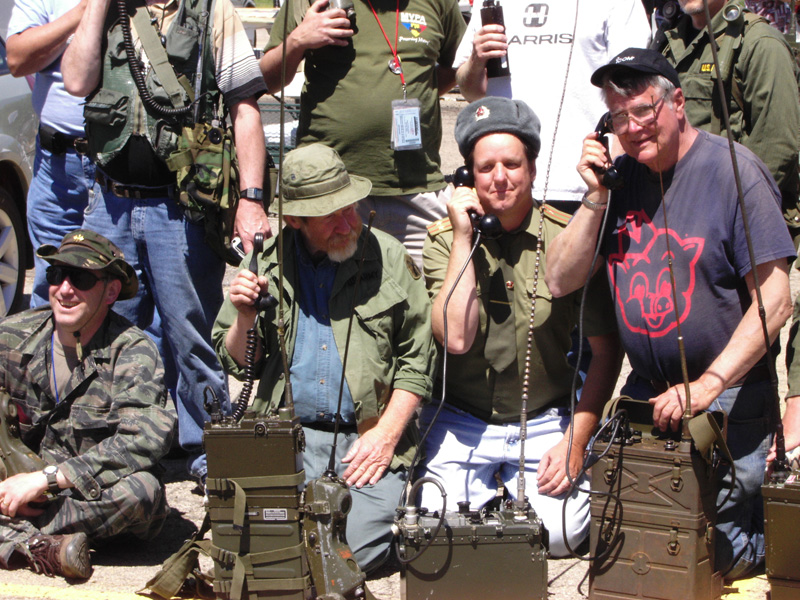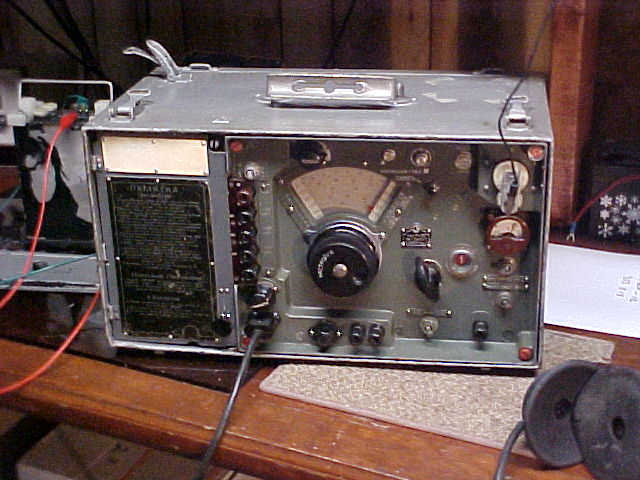
Russian R-311 HF field receiver:
In production from the fifties thru the seventies, used in both field and semi fixed locations. this radio is powered by a 2.5 volt wet cell NiCad battery pack that drives a vibrator or a transistor DC to DC converter. the receiver requires 2.5 volts for filaments and 90 volts for the plates.

The receiver is modular in design, facilitating easy maintenance


A close up of the IF deck, the brown cylinder is a 200Kc crystal and the square boxes are the sealed IF transformers. the cylinders are tube sockets.

The radio uses one type of tube for every stage. it is a sealed metal locktal type with one spare tube located in the radio

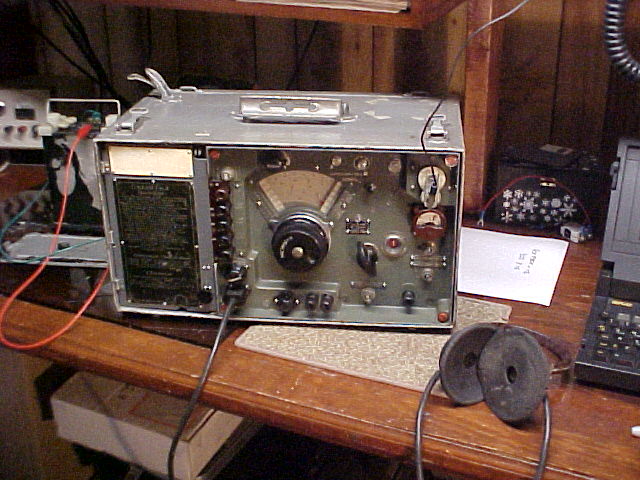
RPS Receiver
The RPS is a aircraft receiver that was used to replace the older style US-9 and most often paired with the R-807 transmitter.
Interesting features of the radio include a internal crystal calibrator, variable IF filtering that's very similar to the R-311 or 326 and a integrated tube tester.
The R-107 VHF-FM Tactical radio:
the 107 covers 20 to 52 MHz in two bands. it has a RF output of about 1.5 watts and like most Russian equipment is operated by two 2.5 volt batteries. this is a standard use field radio produced from the late fifties until the late eighties.

This is a early version of the series using a mixture of solid state and tube. once again modular design for ease of maintenance.
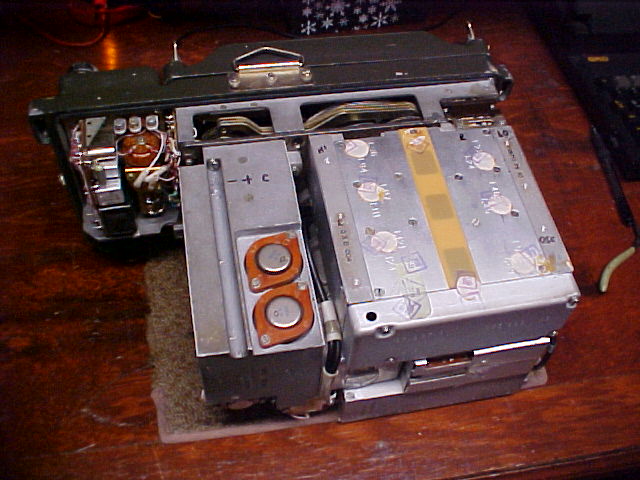
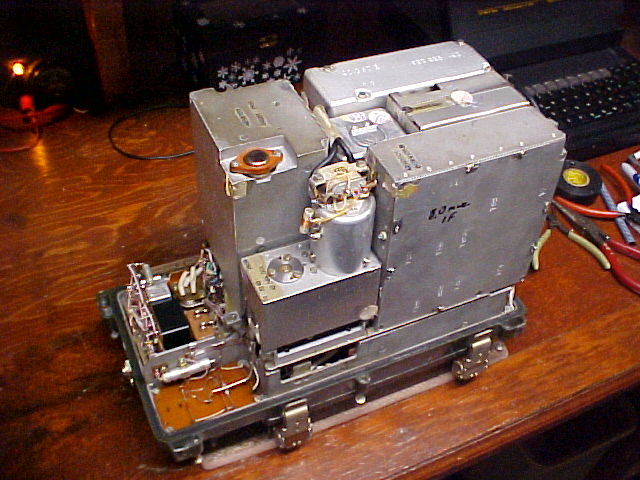
The transceiver uses a microfilm type optical display with a microscope to read the operating frequency.
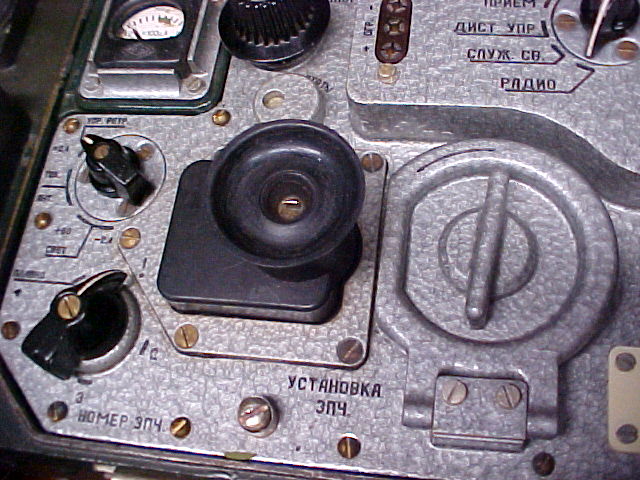
And you can see the test meter to see battery condition, B+ voltage and radio output.


Along with the band switch and the main tuning control. the radio also has a weather proof cover and full remote control over a twisted pair phone line. By the fifties the Russian had learned that their is no good reason for being next to a working transmitter on the battlefield.

And last but not least a picture of me operating this set on the 51.0 "Cold War" radio net at the Dayton Hamvention. most people their use American radios but the Russians were very much part of the Cold War too.
